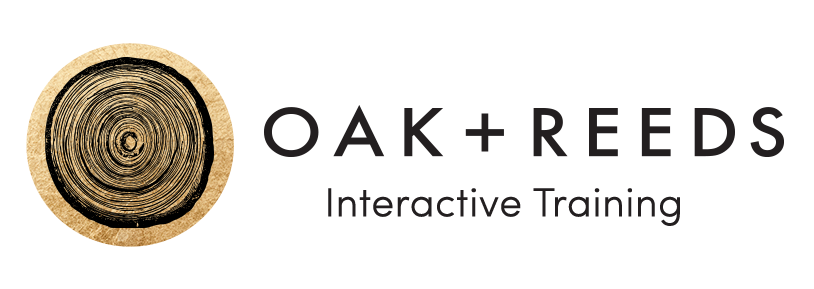Among team collaboration best practices, one technique stands out: the "Yes, And" method. Originating from improv comedy, it has seamlessly transitioned into team collaboration workshops, proving its weight in gold. Here’s why it's an indispensable strategy for those wondering how to collaborate effectively, especially in remote settings.
Promotes Open Communication:
The "Yes, And" approach involves accepting a colleague's idea and building upon it. This ensures everyone feels heard and integral to the team collaboration process. In remote scenarios, where non-verbal signals are often lost, this technique guarantees that contributions are not merely acknowledged but celebrated.
Boosts Creativity and Innovation:
Using "yes" to endorse and add to an idea spurs creativity. Teams can unearth solutions they might not have conceptualized in a constricted environment, making it a hallmark of how to collaborate effectively.
Fosters Trust and Team Building:
Implicit in the "Yes, And" method is the message, "I trust and value your perspective." This sentiment nurtures mutual respect, forming the bedrock of team building. In the virtual sphere, where trust is crucial, such team building exercises can bridge the 'out of sight, out of mind' gap.
Mitigates Conflict:
Steering clear of immediate negation and focusing on building upon suggestions, "Yes, And" is a prime example of team collaboration best practices. It minimizes potential clashes, especially vital in remote environments where miscommunication can intensify disputes.
Builds Inclusivity:
With remote teams often spanning diverse geographies and cultures, the "Yes, And" approach champions inclusivity. It provides a universal platform for everyone to share, making team collaboration workshops richer and more comprehensive.
In essence, the "Yes, And" strategy isn’t merely a communication tool; it's a mindset integral to team building. As remote work persists, integrating this method with team building exercises will be pivotal for groups striving to sustain productivity, unity, and innovation, regardless of distance.
